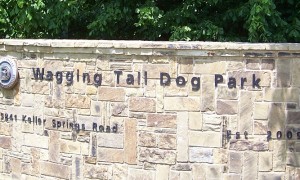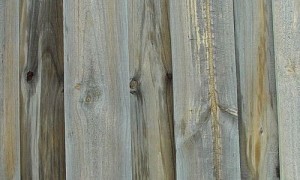It is tempting to plant fast growing trees to create shade as quickly as possible to combat hot Dallas-Fort Worth summers. But some gardening experts say that choosing a tree that will be hardy and provide shade for years to come is really a better choice, and trees native to the area are preferable.
Neil Sperry, the longtime syndicated gardening columnist in North Central Texas, says the risks outweigh the benefits. Most fast growing trees that can tolerate the extremes of Texas weather have what he calls a “fatal flaw”—such as a propensity toward disease—that will most likely kill it. Many Metroplex fast growing favorites, including fruitless mulberries, mimosas, and box elders, have short life-spans.
Sperry suggests, instead, choosing shade trees that are pest-resistant and durable and that will add value to your property. He recommends such varieties as live oaks, red oaks, bur oaks, and pecans. But are these trees right for your property? For some, native fast growing varieties may be worth the risk.
Pick the Perfect Tree
Texas A&M University has created a Texas Tree Planting Guide to help homeowners by county determine the best tree for their properties. With just a few clicks, you can choose your perfect tree. Go to the custom selector if you have special restrictions, such as a small planting area, to find the best candidates. You can also choose flowering varieties or trees with the best fall foliage.
A&M’s pick for a fast growing native tree that will thrive in Dallas County is the American, or White, Elm. The pros of this tree is that it grows large and quickly. Its leaves turn a vibrant yellow in the fall. The cons are that it will require water during the summer months. It also has a shallow root system, which could be easily uprooted during the gusty winds during spring and fall thunderstorms. It can also fall prey to Dutch Elm disease, although that tree problem is not widespread in Texas.
The Best Fall Foliage
One of the best trees for fall foliage is the American Smoketree. Its small stature does not make it the greatest shade tree, but it will fit in small spaces. This native tree provides spiky, fragrant pink or purple flowers in spring as well as blue-green leaves that turn a variety of bright colors in fall. The smoketree is drought-tolerant, but it will require regular pruning. Besides the work, the biggest drawback to choosing a smoketree is finding one. A&M says they are hard to find in nurseries.
Fort Worth and the western parts of the Metroplex tend to have soil that is not as hospitable to evergreens as that of Dallas and points farther eastward. Homeowners in Fort Worth who want green in their yards all year long would do well to consider an Eastern Redcedar, according to the A&M selector. Another Texas native, the fast growing Eastern Redcedar grows to medium size. It makes an excellent windbreak, which is perfect for the north or south sides of a home. It even attracts birds with its seeds. The downside of this tree is that it produces a lot of pollen that may affect allergy sufferers.
The state tree of Texas is the pecan. Although it does not grow very fast, it can grow very large and provide shade for generations to come. It also attracts squirrels and pecan pie lovers with nuts in the fall.
[cf]skyword_tracking_tag[/cf]






